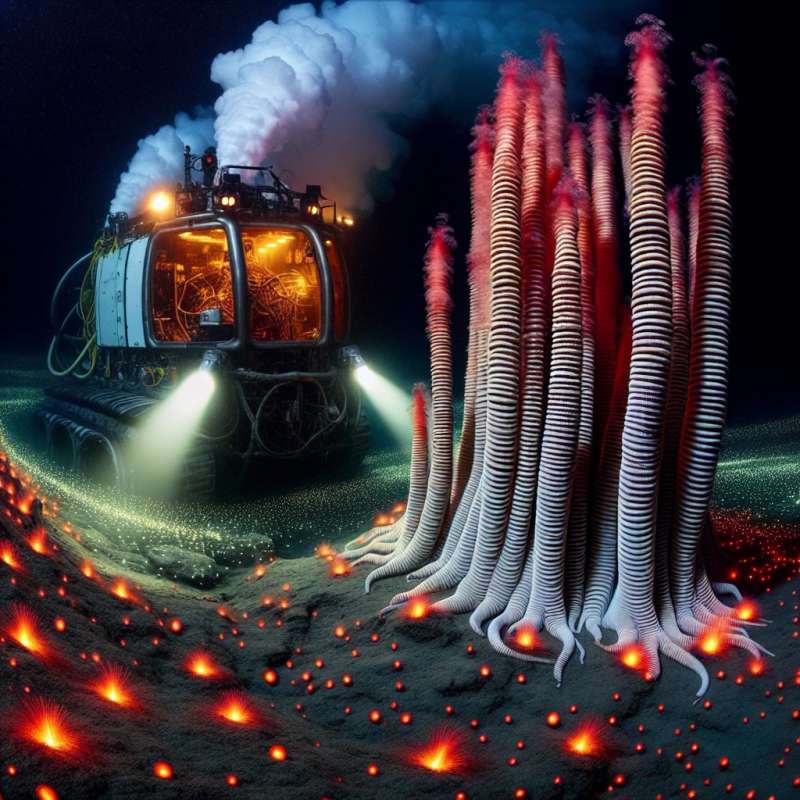
Introduction to Astrobiology
Astrobiology studies life in the universe. It explores life's origins, evolution, and future. Extreme environments on Earth serve as analogs for extraterrestrial habitats, offering insights into how life might exist beyond our planet.
Life in Hydrothermal Vents
Hydrothermal vents on the ocean floor host unique ecosystems. Microorganisms thrive in boiling water and high pressure by chemosynthesis, using chemicals like hydrogen sulfide as an energy source. This challenges the notion that sunlight is essential for life.
Dry Valleys of Antarctica
The McMurdo Dry Valleys are one of the driest places on Earth, yet microbial life persists in the permafrost. These organisms endure extreme cold and desiccation, providing a model for potential life on Mars, which has similar harsh conditions.
Acidic Environments and Life
In places like Rio Tinto in Spain, extremely acidic water supports microbial life. These organisms have adapted to pH levels as low as 1-2. Such environments hint at the possibility of life in acidic extraterrestrial locations, like Venusian clouds.
Future of Astrobiology Research
The search for life in extreme environments on Earth informs missions to Mars, Europa, and Enceladus. Advances in technology and astrobiology will help detect biosignatures and assess the habitability of these distant worlds, expanding our understanding of life's resilience.Ancient Microbes in Space
Microbes from Earth's ancient past can survive in space for years. This suggests life could potentially travel between planets via meteorites, a concept known as panspermia.
What energy source do hydrothermal vent microorganisms use?
Photosynthesis
Chemosynthesis
Radiation
Company